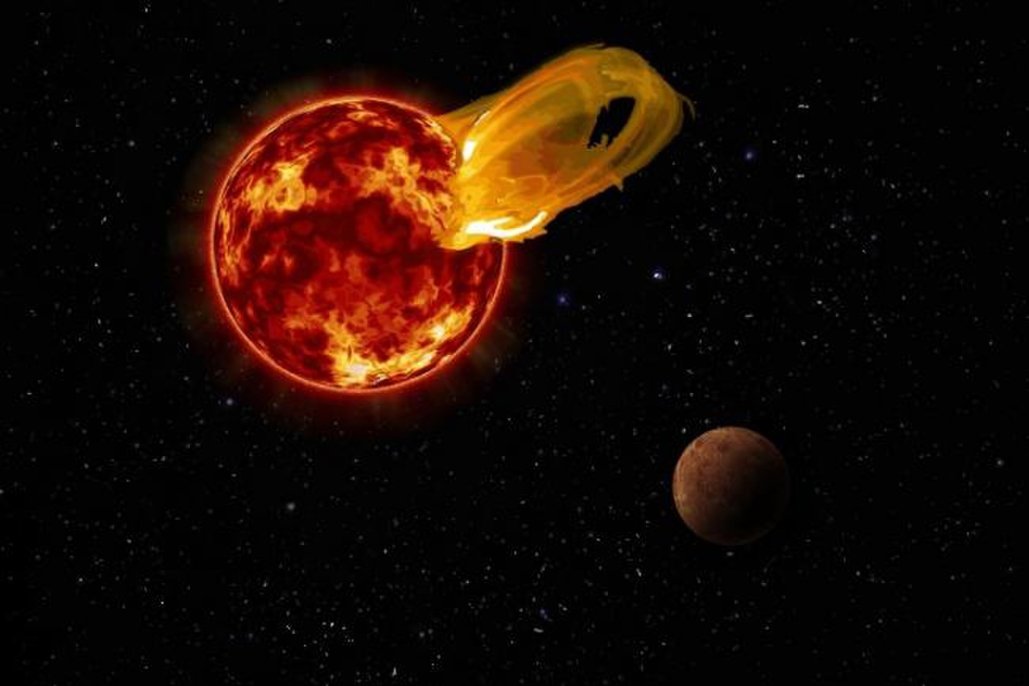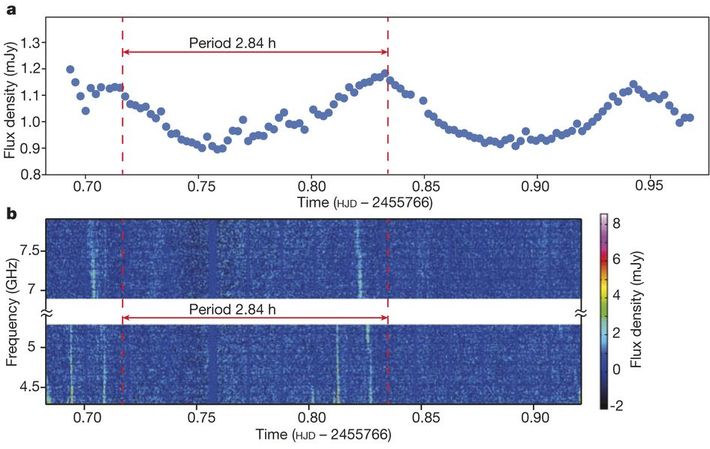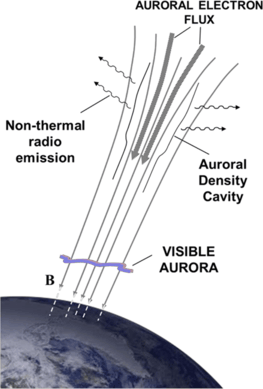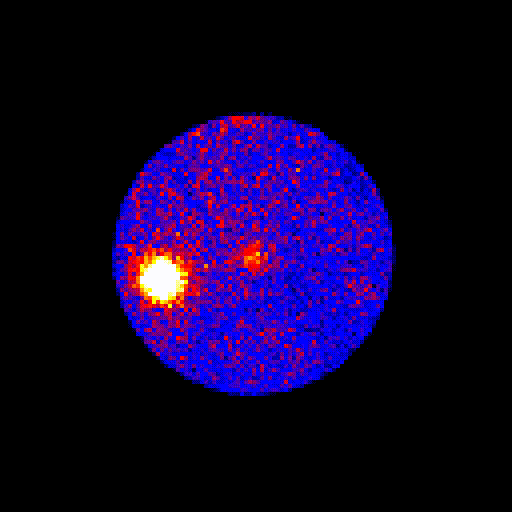-
Courses

Courses
Choosing a course is one of the most important decisions you'll ever make! View our courses and see what our students and lecturers have to say about the courses you are interested in at the links below.
-
University Life

University Life
Each year more than 4,000 choose University of Galway as their University of choice. Find out what life at University of Galway is all about here.
-
About University of Galway

About University of Galway
Since 1845, University of Galway has been sharing the highest quality teaching and research with Ireland and the world. Find out what makes our University so special – from our distinguished history to the latest news and campus developments.
-
Colleges & Schools

Colleges & Schools
University of Galway has earned international recognition as a research-led university with a commitment to top quality teaching across a range of key areas of expertise.
-
Research & Innovation

Research & Innovation
University of Galway’s vibrant research community take on some of the most pressing challenges of our times.
-
Business & Industry

Guiding Breakthrough Research at University of Galway
We explore and facilitate commercial opportunities for the research community at University of Galway, as well as facilitating industry partnership.
-
Alumni & Friends

Alumni & Friends
There are 128,000 University of Galway alumni worldwide. Stay connected to your alumni community! Join our social networks and update your details online.
-
Community Engagement

Community Engagement
At University of Galway, we believe that the best learning takes place when you apply what you learn in a real world context. That's why many of our courses include work placements or community projects.
Magnetic Fields
Group Members
Staff: Aaron Golden (Director of Centre for Astronomy)
Graduate Students:
Deirdre Ní Chonchubhair (PhD),
Sai Chaitanya Susarla (PhD),
Mick Ryan (PhD)
Short Research Summary
Magnetic fields are ubiquitous, present from planets to clusters of galaxies and everything in between. We're particularly interested in the effect magnetic fields have on the formation of the smallest of stars, those stellar systems that possess unusually strong and/or almost planetary like magnetospheres, and those associated with the end-points of stellar evolution, in particular neutron stars. We're also interested in studying how magnetic fields affect the formation of stellar winds and how they protect exoplanetary systems. We use all types of radio and optical telescope facilities to conduct this research.
Full Research Description
Substellar, Stellar and Post-stellar Magnetospheres - the astrophysics of their creation, maintenance & impact on their local environments
To use the wikipedia definition, a magnetosphere is "a region of space surrounding an astronomical object in which charged particles are manipulated or affected by that object’s magnetic field". Traditionally its been thought solely in terms of planets, but the discovery of active magnetospheres around both pulsars, and also substellar objects, most notably brown dwarfs, have stretched the definition to cover the full range of stellar objects. The group leader, Aaron Golden, started studying the magnetospheres of pulsars, was involved in the discovery of active magnetospheres around several nearby brown dwarfs, and is now working on the study of stellar magnetospheres, particularly those associated with flare stars.
Substellar Magnetospheres
It’s still mind boggling that certain failed stars - also known as brown dwarfs - turn out to have huge, powerful and incredibly stable magnetic field systems, with their associated magnetospheres’ supporting enormously powerful aurora that we can see through their Hα emission but also via intense coherent radio beams, that sweep past our line of sight - just like a lighthouse, and indeed, just like a pulsar (see below). How these fields originate, are sustained and how these aurora affect the dwarf atmospheres’ beneath are mysteries still be be fully explored using radio and optical observatories around the world and in orbit.
Left: Modulated Hα emission from the aurora above the M8.5 dwarf LSR J1835+3259, with the coherent radio emission observed simultaneously below - from Hallinan et al. (2015). Right: schematic showing optical/radio auroral emission processes in the magnetosphere.
Stellar Magnetospheres
Conventional wisdom thinks in terms of the hot surface of a star (photosphere), the chromosphere and then the corona - the idea of a stellar ‘magnetosphere’ is an alternative way of thinking about the outer regions of the corona. It’s in this region that activity not-dissimilar to planetary/substellar auroral emission has been demonstrated to take place, at high radio frequencies for the chemically peculiar star CU Virginis, and low radio frequencies (~100 MHz) for dwarf flare stars such as UV Ceti (Lynch et al. 2017). Coincidentally, this is also the radio ‘window’ through which coronal mass ejections (CME) can be unambiguously identified. Of the thousands of exoplanets detected to date, the majority orbit cool dwarf stars that are magnetically active, whose flaring behaviour may be associated with coronal mass ejections (CME) - as CME’s represent one of the most lethal threats to habitability, their direct detection and characterisation using radio telescopes such as LOFAR and the Owens Valley LWA is an active area of study.


Top: The Owens Valley Long Wavelength Array under the Californian night sky, showing several of the 288 crossed broadband dipole antennas. Bottom: Cartoon showing a flare and CME above a dwarf star, and a nearby exoplanet.
Post-stellar Magnetospheres
It all started with ‘post-stellar magnetospheres’, the post-stellar state in question being neutron stars, specifically isolated rotation-powered neutron stars, which are also known as pulsars. Just like the aurora, the electromagnetic emission observed from pulsars is beamed like a lighthouse above magnetic poles - however, the extreme physics involved (a collapsed star the size of Manhattan with a magnetic field billions of times more powerful than what we experience on Earth, spinning tens of times a second) require the use of both Einstein’s theories of Special and General relativity to even begin to understand what’s going on. In the past we've worked with the largest of ground-based telescopes combined with high speed cameras to study the optical emission from the magnetospheres of several nearby pulsars, but more recently we have started working with radio telescopes. The group has recently become involved as part of the European Pulsar Timing Array which allows us to incorporate our ongoing pulsar observations using the I-LOFAR radiotelescope in Birr into the hunt for nanohertz gravitational waves.
Left: The Crab Nebula in true colour, taken with the CHIMERA instrument with the 5m Hale telescope on Mount Palomar The pulsar is the slightly dimmer of the two central stars. Right: A movie (with some help from Michael Kramer - thanks again Michael!) of the Crab pulsar using data Aaron took with a back-up Hubble Space Telescope STIS/MAMA camera as part of his Ph.D. studies. The double-pulse you can see takes places every 30 millseconds.



















